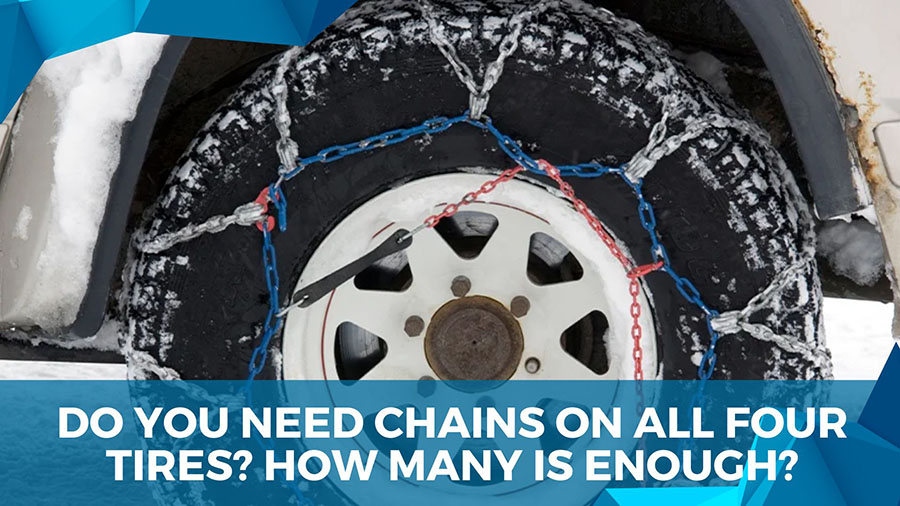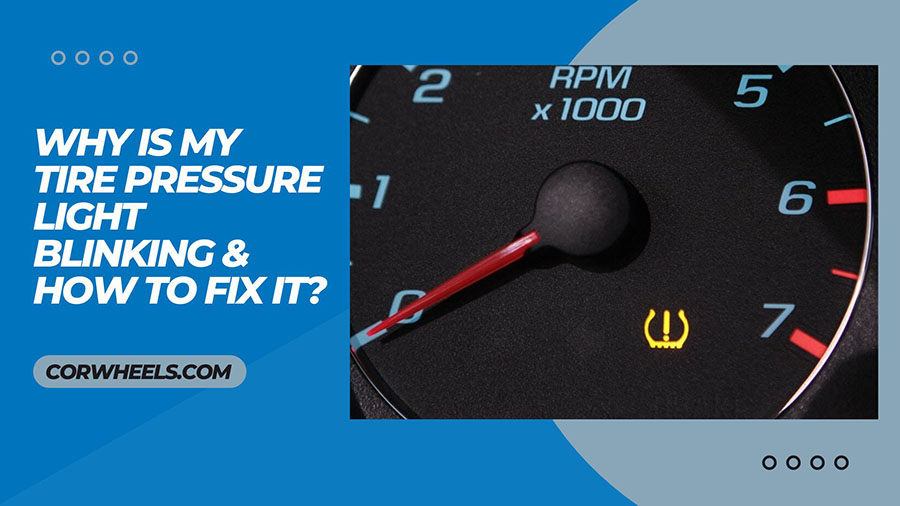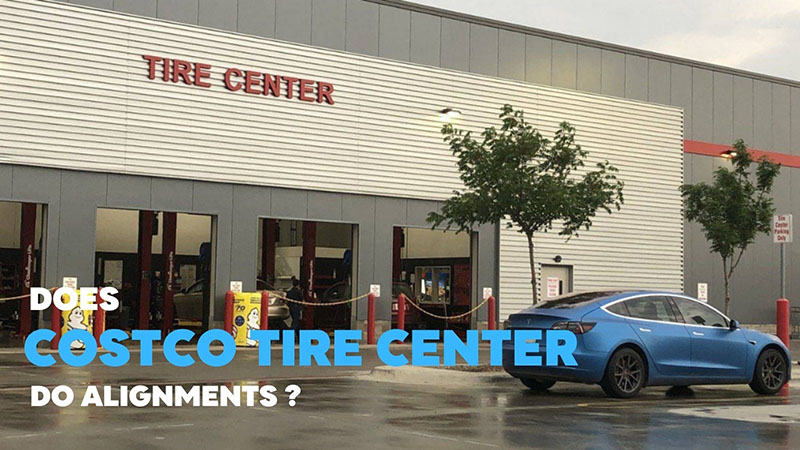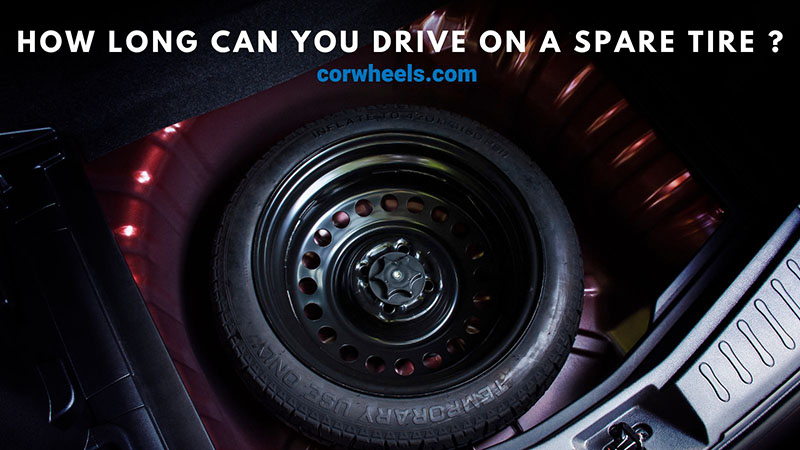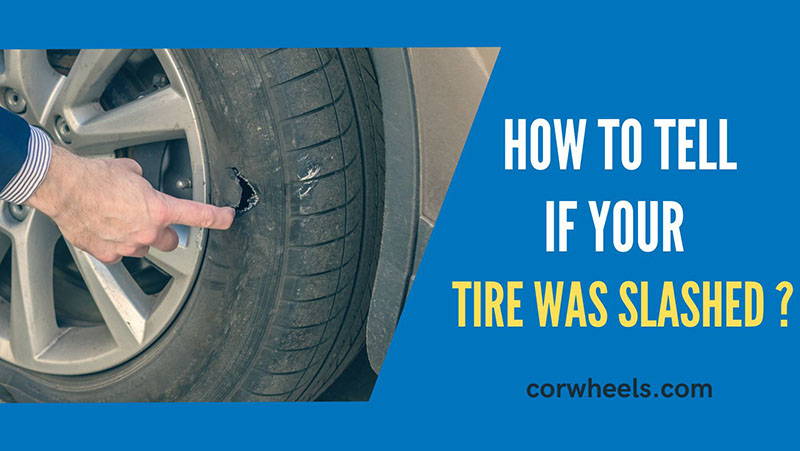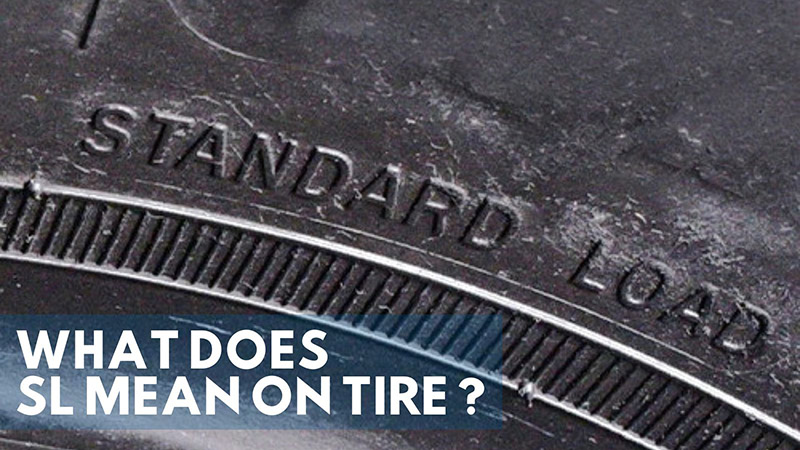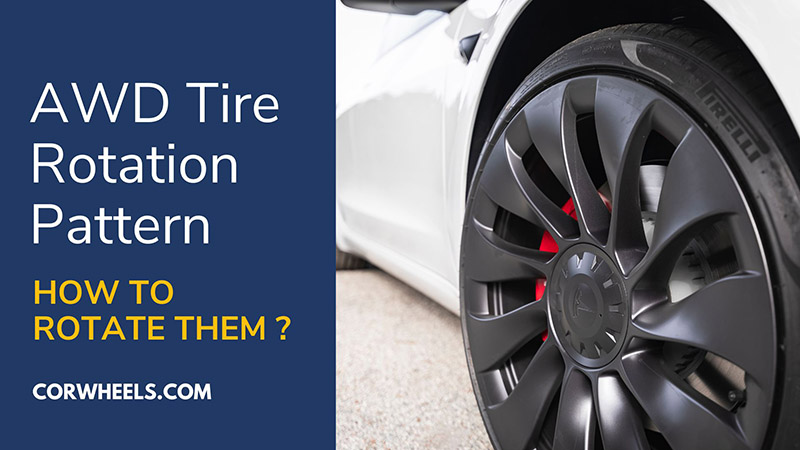A tire chain is no stranger to many drivers and automotive enthusiasts thanks to its widespread popularity and great functions. But do you need snow chains on all four tires? Stay tuned, and this article will help resolve your wonder.
In this article:
What Is A Tire Chain?
Tire chains are the coverings placed on the wheel, created to provide extra traction, helping you manage your car more easily in winter or snow days.
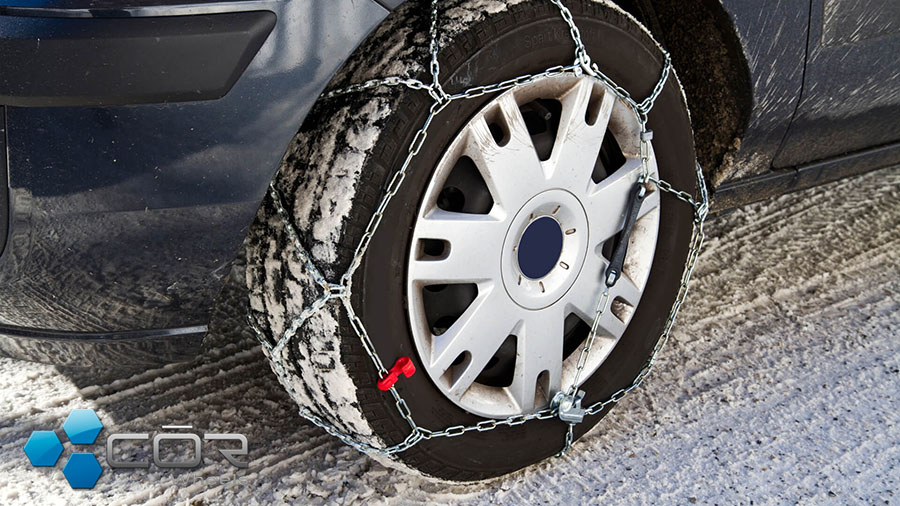
They have been widely used on numerous mechanized equipment and devices, such as 4WD automobiles, snowblowers, tractors, and light-duty trucks.
More specifically, they operate by allowing free wheel rotation with the prospect of giving improved grip on slippery or snowy roads. It has proven its effectiveness under these icy conditions by lowering accident risks and protecting tires from wear and tear.
However, a tire chain should not be used on the dry road since it can cause tires to slip. Besides, it is not regarded as a vehicle traction aid but as emergency equipment, especially in harsh environments and bad weather, so don’t use it carelessly.
How Many Tire Chains Do I Need?
Many automotive experts recommend that you should place snow chains on all four wheels to reap the highest level of its efficiency.
If you install the fetters on the front wheels, unexpected reactions will likely arise due to the movement and braking problem. But when you place it on the rear tire, you may encounter great difficulty controlling the steering direction.
Suppose only one wheel is covered with snow chains; the imbalance issue is apt to occur, and your automobile could end up overturning.
How To Drive With Chains On Tires?
- It is advisable that you drive your car for under 25 mph when using snow chains. It is dangerous if that maximum speed is higher than the threshold.
- Avoid driving on bare terrain or pavement.
- Never spin or lock your wheels by hitting the brake pedal suddenly.
How To Install Tire Chains?
- Step 1: The top priority is to park your car carefully. Press the brake pedal or turn the engine off when new snow chains are placed.
- Step 2: Hold up your first chains by the plastic-covered cable. Then, put the yellow end in your left hand and the blue one in your right hand.
- Step 3: Pull them up and ensure everything is hanging straight. If they are twisted together, untangle them with force.
- Step 4: Place your chains on the ground before laying two ends behind the tire. It would be best if you pushed the yellow end from the back to the front of the tire.
- Step 5: When the chains are already behind the drive wheel, use your hand to grab and pull them up to the top. If they are against your rear axle, you are executing the task properly.
- Step 6: Connect two ends by slipping one end into another.
- Step 7: Subsequently, glance at the red hook and tow it to the left side of a link highlighted in golden yellow.
- Step 8: Push the chains toward the tire’s top. You can spot a diamond shape created by many chains combining together. Afterward, place the center rail of each diamond down to the middle position of a tire tread.
- Step 9: Pull the long red chain through a chain guide and use both hands to tighten it.
- Step 10: Use the bungee to run through one of the red loops. Secure it by using the gold side chain. Repeat the same procedure when you install chains on other chains.
How To Remove Tire Chains?
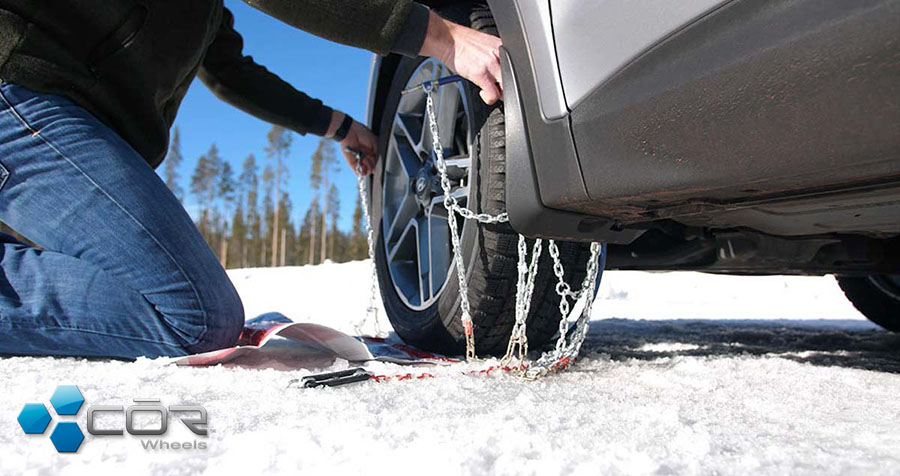
The removal process is much simpler:
- Step 1: Drive your car until the fasteners of your chains are placed on top of the wheel.
- Step 2: Stop your car carefully by applying the handbrake or shutting the engine down.
- Step 3: Release each of the fasteners connecting red loops, red chains, chain guides, speed hooks, etc.
- Step 4: Afterward, place the chains on the ground.
- Step 5: Drive your automobile gently off the chains.
- Step 6: Remember to clean them meticulously to eliminate dirt, snow, and mud.
How To Use Tire Chains Efficiently?
Avoid Corrosion
Corrosion is an enemy of tire chains. Over time, chains may fall victim to rust due to the chemical reaction between their components and water droplets in the air.
Severe damage may follow, such as nicks and scratches on their surface. To solve this problem, you should use a lubricant or water displacer to avert them from moisture. Spraying WD-40 on the chains’ appearance is also a feasible solution.
Ensure Your Chains Are Tight
If you attach snow chains too loosely, they will slam against the road, rendering serious wear. Consequently, their lifespan may be shortened or even cut in half.
You should park your car to re-tighten the chains after driving for a half mile to prevent this from happening.
Remain A Suitable Speed
As we have mentioned earlier, driving over 30 mph can wreak havoc on tire chains by inducing undue stress, increasing the chances of link breakage.
Frequently Asked Questions
Do Tires Need Chains On All Terrains?
No.
If you use fetters on the dry route, they can be counter-productive by damaging the road and tires.
Do Chains Place In Front Or Back Of The 4-Wheel Drive Vehicle?
The answer depends on the type of vehicle. Some models only need their rear wheels equipped with chains, but installing fetters on all four wheels is still wiser for maximum protection.
Which Tires Of The Four-Wheel Drive Vehicle Do You Put Chains On?
Your automobile types, such as front- or rear-wheel drive vehicles, will decide the number and position of snow fetters.
The Bottom Line
After this post, you can confidently answer the question: How many tires need snow chains? We also hope you will learn more about the tire chain installation steps and how to maintain them properly.

